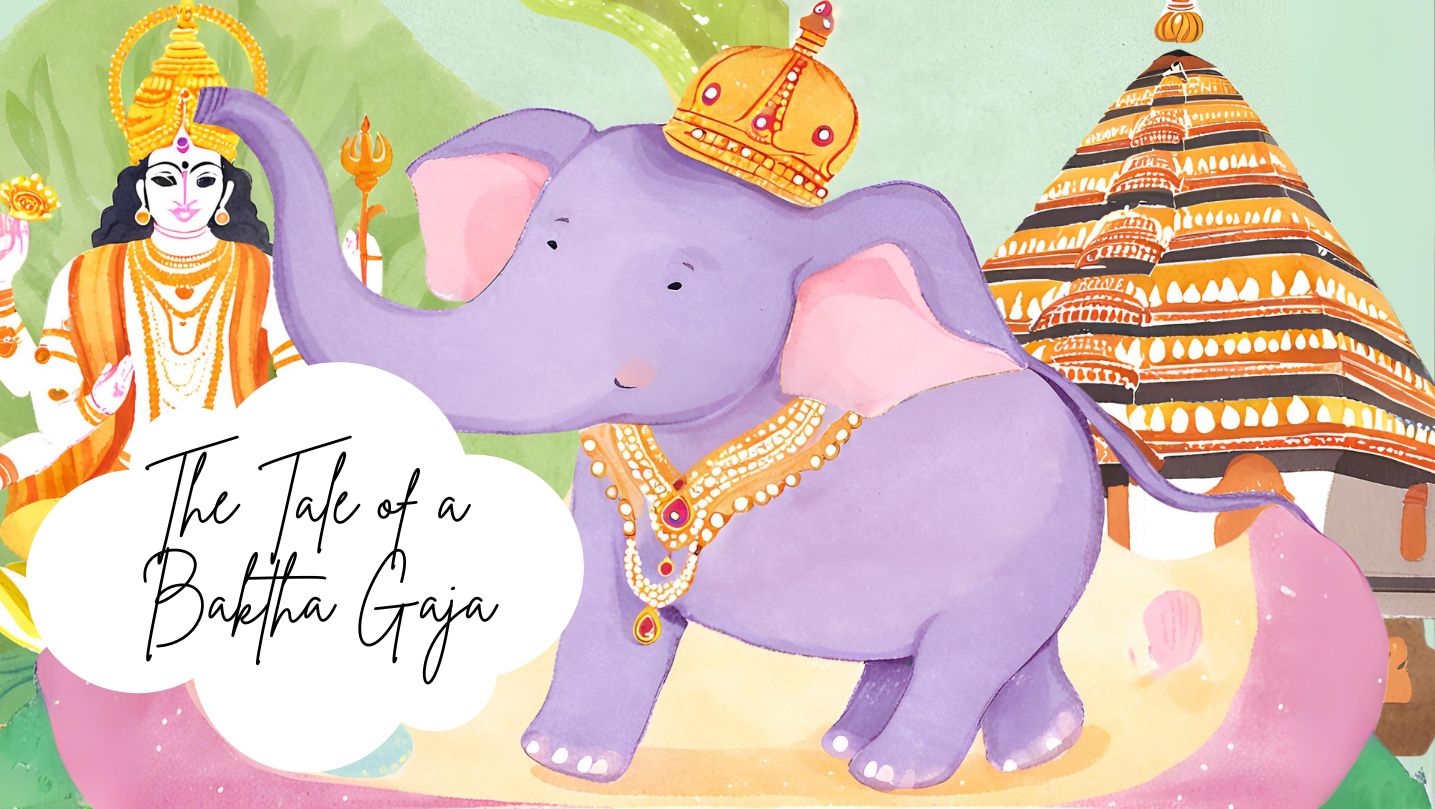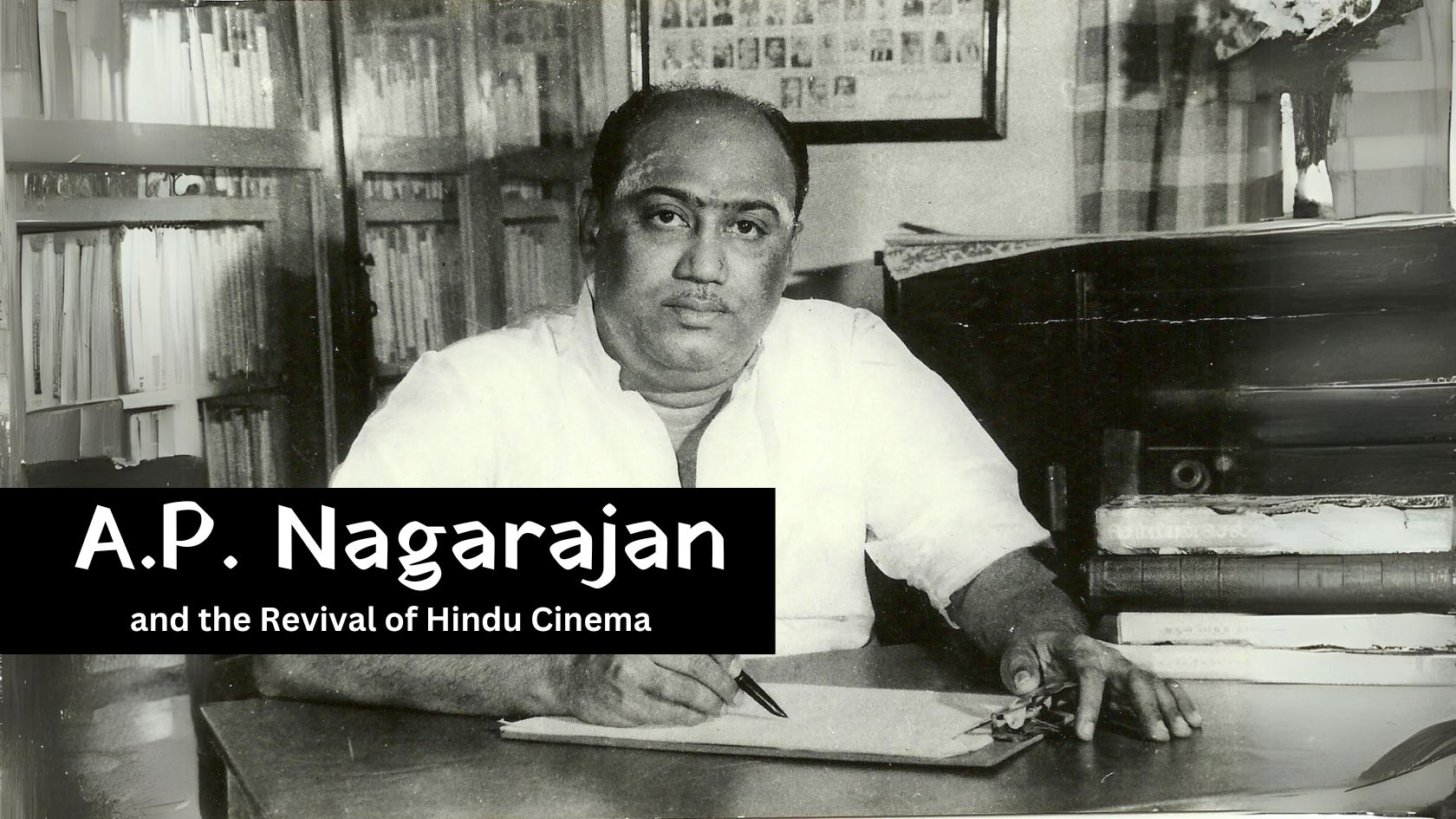
An action that any being performs in this world is called Karma. All actions are being performed here just for inner happiness. And we find that inner happiness and karma are inseparable parts of any living creature. The karmas performed by the human beings are made unique by making use of the faculties that has been conferred upon him. The vein of this article focuses on deconstruction of karma which helps to better our understanding and eventually improve our performance.
An action takes place primarily because of a thought. A thought is impregnated in our mind by cause of the inputs that are received with the help of the sense organs. This thought then develops into a desire to possess it, as we invariably seek for inner happiness. Desire aroused in the mind fuels the organs of action culminating in performance of deeds, Karma. Now, we can observe that a thought becomes a desire which eventually turns into an action.
This seemingly easy mechanism can be understood better through an example. Everyone becomes happy on seeing a toddler at home. To make the toddler happy, he/she is presented with various toys, in assorted sizes, colorful, and which makes pleasant noises. (It indirectly supports our happiness). The child looks at that object for some time, with help of its sense organs, a thought is aroused in its mind. On looking at the object constantly, the desire tempts the baby, and it soon jumps to grab it. As he thinks making that object his own derives him happiness. Thus, a karma is performed in ignorance.
All the while, the toddler grows to a young child. The growing child’s perception of things change, and he/she no more feels the happiness that the toys once gave him. (We must remember that our senses are always at work.) Soon his/her thoughts alter because of the varying inputs received from the senses which results in a particular desire and consequent actions. Then as a teen, he/she performs various karmas according to the inputs, and the same process continues till he dies.
Somewhere down the lane, the concept of good karma and bad karma creeps in. Both as well are performed just to gain happiness but what brings the difference is that one is performed with the right understanding of its effects and the other due to ignorance. The latter may give some pleasure instantly but is extremely dangerous to oneself in the long run. The good karmas may or may not yield the best results spontaneously, however it helps in the growth of a personality which is of course the ability to discriminate the right and the wrong.
The quest for happiness and execution of karmas never ceases. In this process, a person gains certain amount of maturity. No doubts, the world of objects provide happiness, but are limited in nature. A matured person then seeks for the eternal happiness which he/she finds out, out of experience. It is essential to remind oneself that performing lofty actions aids in personal growth.
Lofty actions here mean the actions that are performed with the right attitude, manner, and mindset. These karmas are so performed that they do not cause Himsa (Harm) either by speech, thought, or action to oneself or unto others. The performance of actions as duty unto the lord and accepting the results thereof as Ishvara prasada helps in one’s growth. Thus, it is here that the karma becomes a karma yoga.
Now, as we have a brief idea of the chords of karma, it will be supportive in enhancing our thinking pattern. The karma is deconstructed as follows. When a thought enters our mind, we must analyze it. When desire prompts us to do action, we must think, if that is our duty. Supposing it is our duty, let’s joyfully do it as Ishvaraarpanam (Unto the Lord). In case, if not, let’s observe the desire and refrain to act for some time. Puff! The desire vanishes.
NEXT ARTICLE

In the lush, green heart of Kerala lived an elephant who became a living legend - a tale of an elephant turned into a bakth. His name was Keshavan, bu...

In the early days of cinema, both silent and talkie films thrived on puranas and ithihasas. However, as the years passed, especially by the late 1950s...

Life often presents us with choices that test our resolve, faith, and priorities. Attending the Prana Pratishtha of the Ram Lalla in Ayodhya had alway...